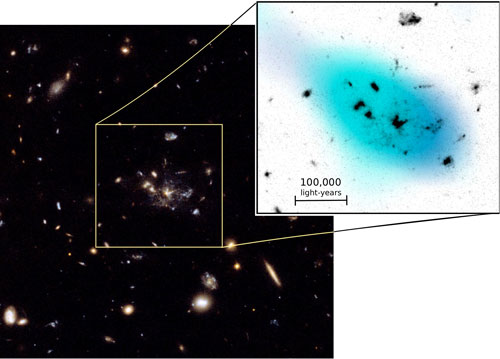 A CSIRO radio telescope has detected the raw material for making the first stars in galaxies that formed when the Universe was just three billion years old - less than a quarter of its current age. This opens the way to studying how these early galaxies make their first stars.
A CSIRO radio telescope has detected the raw material for making the first stars in galaxies that formed when the Universe was just three billion years old - less than a quarter of its current age. This opens the way to studying how these early galaxies make their first stars.
Jun 24th, 2013
Read more
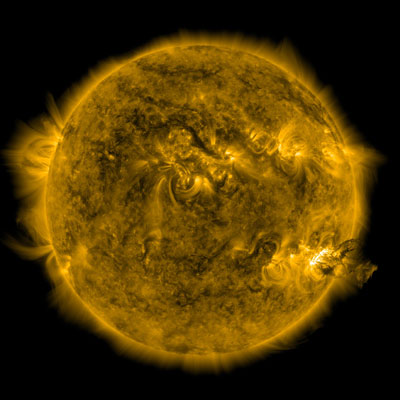 On June 7, 2011, our sun erupted, blasting tons of hot plasma into space. Some of that plasma splashed back down onto the sun's surface, sparking bright flashes of ultraviolet light. This dramatic event may provide new insights into how young stars grow by sucking up nearby gas.
On June 7, 2011, our sun erupted, blasting tons of hot plasma into space. Some of that plasma splashed back down onto the sun's surface, sparking bright flashes of ultraviolet light. This dramatic event may provide new insights into how young stars grow by sucking up nearby gas.
Jun 20th, 2013
Read more
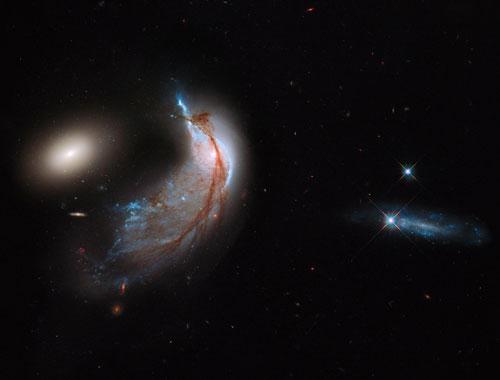 When two galaxies stray too close to each other they begin to interact, causing spectacular changes in both objects. In some cases the two can merge - but in others, they are ripped apart.
When two galaxies stray too close to each other they begin to interact, causing spectacular changes in both objects. In some cases the two can merge - but in others, they are ripped apart.
Jun 20th, 2013
Read more
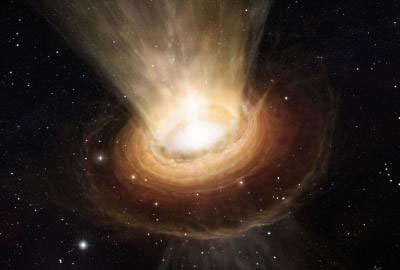 New observations of a nearby active galaxy called NGC 3783, harnessing the power of the Very Large Telescope Interferometer (VLTI) at ESO's Paranal Observatory in Chile, have given a team of astronomers a surprise. Although the hot dust - at some 700 to 1000 degrees Celsius - is indeed in a torus as expected, they found huge amounts of cooler dust above and below this main torus.
New observations of a nearby active galaxy called NGC 3783, harnessing the power of the Very Large Telescope Interferometer (VLTI) at ESO's Paranal Observatory in Chile, have given a team of astronomers a surprise. Although the hot dust - at some 700 to 1000 degrees Celsius - is indeed in a torus as expected, they found huge amounts of cooler dust above and below this main torus.
Jun 20th, 2013
Read more
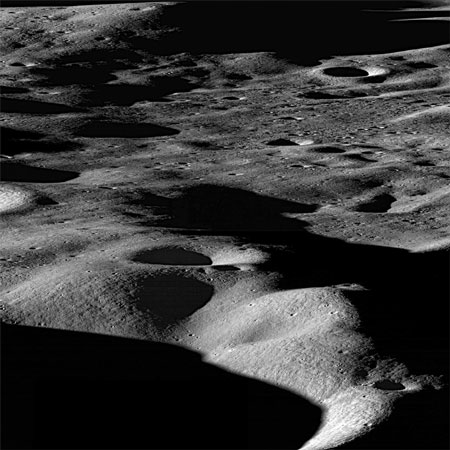 Using data gathered by NASA's Lunar Reconnaissance Orbiter (LRO) mission, scientists believe they have solved a mystery from one of the solar system's coldest regions - a permanently shadowed crater on the moon.
Using data gathered by NASA's Lunar Reconnaissance Orbiter (LRO) mission, scientists believe they have solved a mystery from one of the solar system's coldest regions - a permanently shadowed crater on the moon.
Jun 19th, 2013
Read more
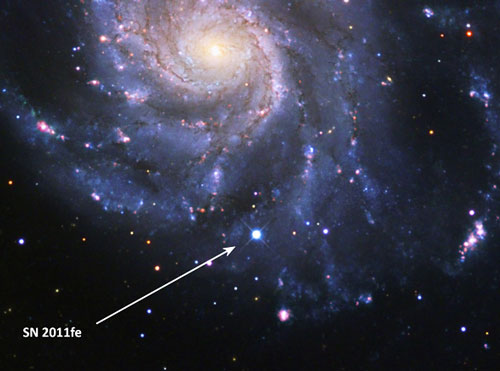 Supernova 2011fe was discovered just hours after it exploded in the Big Dipper. Studies by the Nearby Supernova Factory of its spectrum as it evolved over time have produced a benchmark atlas of data by which to measure all future Type Ia's.
Supernova 2011fe was discovered just hours after it exploded in the Big Dipper. Studies by the Nearby Supernova Factory of its spectrum as it evolved over time have produced a benchmark atlas of data by which to measure all future Type Ia's.
Jun 19th, 2013
Read more
NASA announced Tuesday a Grand Challenge focused on finding all asteroid threats to human populations and knowing what to do about them.
Jun 18th, 2013
Read more
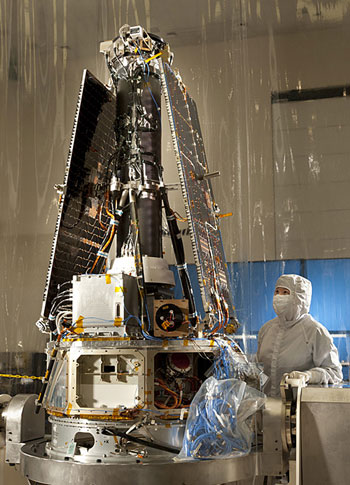 The Interface Region Imaging Spectrograph (IRIS) spacecraft is on track for a launch from Vandenberg Air Force Base in California on June 26. IRIS will fill a crucial gap in the ability of scientists to advance Sun-Earth connection studies by tracing the flow of energy and plasma through a dynamic interface region - the chromosphere and transition region - between the solar surface and the solar corona.
The Interface Region Imaging Spectrograph (IRIS) spacecraft is on track for a launch from Vandenberg Air Force Base in California on June 26. IRIS will fill a crucial gap in the ability of scientists to advance Sun-Earth connection studies by tracing the flow of energy and plasma through a dynamic interface region - the chromosphere and transition region - between the solar surface and the solar corona.
Jun 18th, 2013
Read more
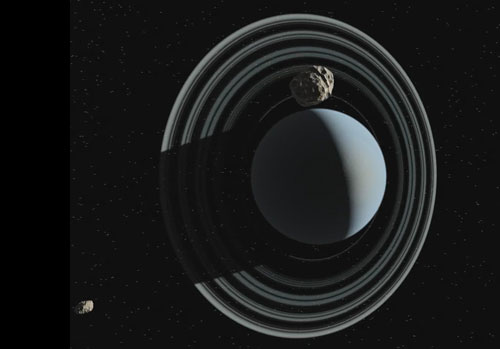 Astrophysicists from the Complutense University of Madrid have confirmed that Crantor, a large asteroid with a diameter of 70 km has an orbit similar to that of Uranus and takes the same amount of time to orbit the Sun. Researchers have demonstrated for the first time that this and a further two objects of the group of the Centaurs are co-orbital with Uranus.
Astrophysicists from the Complutense University of Madrid have confirmed that Crantor, a large asteroid with a diameter of 70 km has an orbit similar to that of Uranus and takes the same amount of time to orbit the Sun. Researchers have demonstrated for the first time that this and a further two objects of the group of the Centaurs are co-orbital with Uranus.
Jun 18th, 2013
Read more
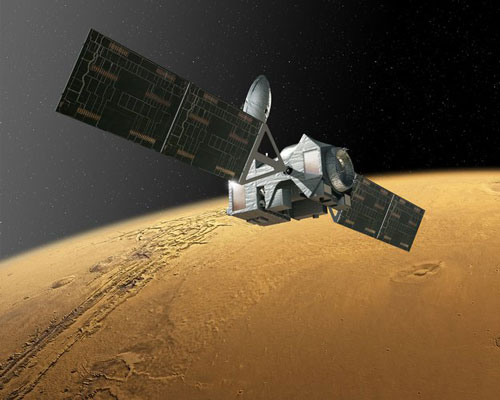 ESA's mission to Mars in 2016 has entered the final stage of construction with the signature of a contract today with Thales Alenia Space at the Paris Air and Space Show.
ESA's mission to Mars in 2016 has entered the final stage of construction with the signature of a contract today with Thales Alenia Space at the Paris Air and Space Show.
Jun 17th, 2013
Read more
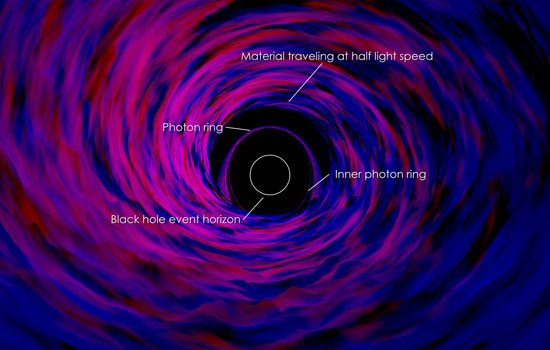 A new study by astronomers at NASA, Johns Hopkins University and Rochester Institute of Technology confirms long-held suspicions about how stellar-mass black holes produce their highest-energy light.
A new study by astronomers at NASA, Johns Hopkins University and Rochester Institute of Technology confirms long-held suspicions about how stellar-mass black holes produce their highest-energy light.
Jun 14th, 2013
Read more
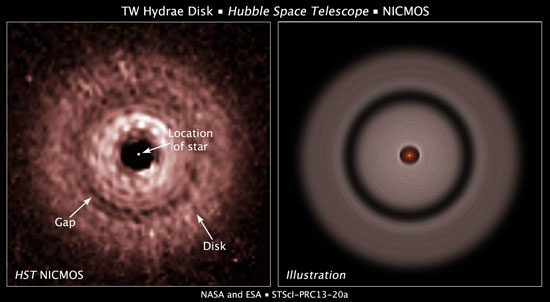 The keen vision of NASA's Hubble Space Telescope has detected a mysterious gap in a vast protoplanetary disk of gas and dust swirling around the nearby star TW Hydrae, located 176 light-years away in the constellation Hydra. The gap's presence is best explained as due to the effects of a growing, unseen planet that is gravitationally sweeping up material and carving out a lane in the disk, like a snow plow.
The keen vision of NASA's Hubble Space Telescope has detected a mysterious gap in a vast protoplanetary disk of gas and dust swirling around the nearby star TW Hydrae, located 176 light-years away in the constellation Hydra. The gap's presence is best explained as due to the effects of a growing, unseen planet that is gravitationally sweeping up material and carving out a lane in the disk, like a snow plow.
Jun 13th, 2013
Read more
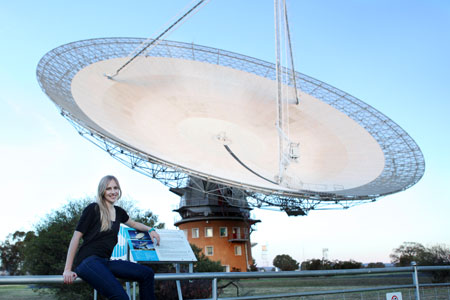 Researchers from the International Centre for Radio Astronomy Research (ICRAR) have proven a new technique that will provide a clearer picture of the Universe's history and be used with the next generation of radio telescopes such as the Square Kilometre Array (SKA).
Researchers from the International Centre for Radio Astronomy Research (ICRAR) have proven a new technique that will provide a clearer picture of the Universe's history and be used with the next generation of radio telescopes such as the Square Kilometre Array (SKA).
Jun 13th, 2013
Read more
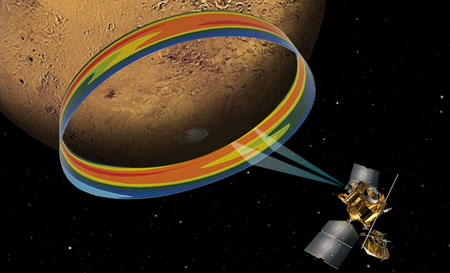 Researchers using NASA's Mars Reconnaissance Orbiter have found that temperatures in the Martian atmosphere regularly rise and fall not just once each day, but twice.
Researchers using NASA's Mars Reconnaissance Orbiter have found that temperatures in the Martian atmosphere regularly rise and fall not just once each day, but twice.
Jun 12th, 2013
Read more
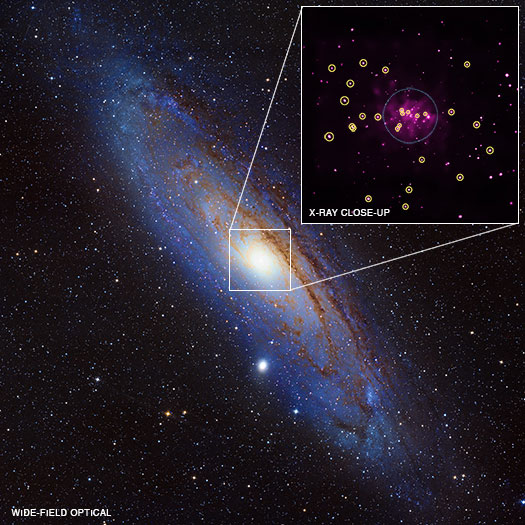 Using data from NASA's Chandra X-ray Observatory, astronomers have discovered an unprecedented bonanza of black holes in the Andromeda Galaxy, one of the nearest galaxies to the Milky Way.
Using data from NASA's Chandra X-ray Observatory, astronomers have discovered an unprecedented bonanza of black holes in the Andromeda Galaxy, one of the nearest galaxies to the Milky Way.
Jun 12th, 2013
Read more
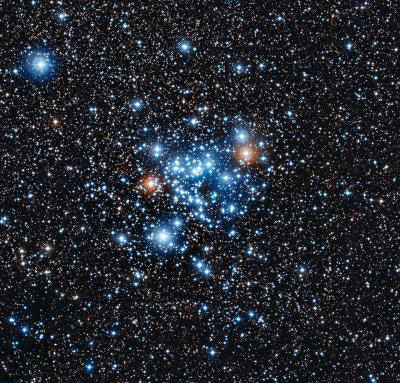 Minute variations in brightness reveal whole new class of stars.
Minute variations in brightness reveal whole new class of stars.
Jun 12th, 2013
Read more
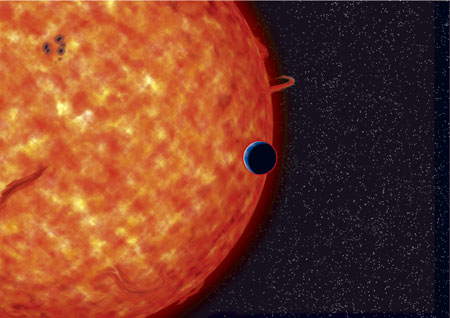 Researchers observed the atmosphere of super-Earth GJ3470b in Cancer for the first time in the world using two telescopes at OAO (Okayama Astrophysical Observatory, NAOJ). The observational data revealed that this planet is highly likely to not be covered by thick clouds.
Researchers observed the atmosphere of super-Earth GJ3470b in Cancer for the first time in the world using two telescopes at OAO (Okayama Astrophysical Observatory, NAOJ). The observational data revealed that this planet is highly likely to not be covered by thick clouds.
Jun 12th, 2013
Read more
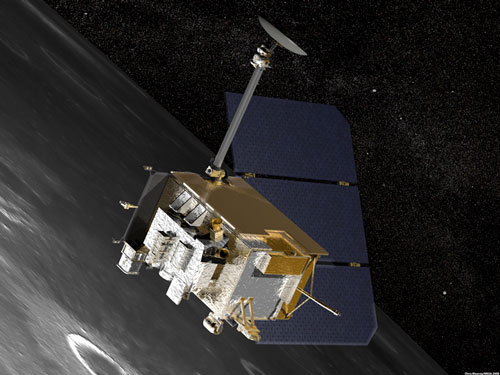 Space scientists from the University of New Hampshire and the Southwest Research Institute report that data gathered by NASA's Lunar Reconnaissance Orbiter show lighter materials like plastics provide effective shielding against the radiation hazards faced by astronauts during extended space travel. The finding could help reduce health risks to humans on future missions into deep space.
Space scientists from the University of New Hampshire and the Southwest Research Institute report that data gathered by NASA's Lunar Reconnaissance Orbiter show lighter materials like plastics provide effective shielding against the radiation hazards faced by astronauts during extended space travel. The finding could help reduce health risks to humans on future missions into deep space.
Jun 11th, 2013
Read more
 A CSIRO radio telescope has detected the raw material for making the first stars in galaxies that formed when the Universe was just three billion years old - less than a quarter of its current age. This opens the way to studying how these early galaxies make their first stars.
A CSIRO radio telescope has detected the raw material for making the first stars in galaxies that formed when the Universe was just three billion years old - less than a quarter of its current age. This opens the way to studying how these early galaxies make their first stars.
 Subscribe to our Space Exploration News feed
Subscribe to our Space Exploration News feed














